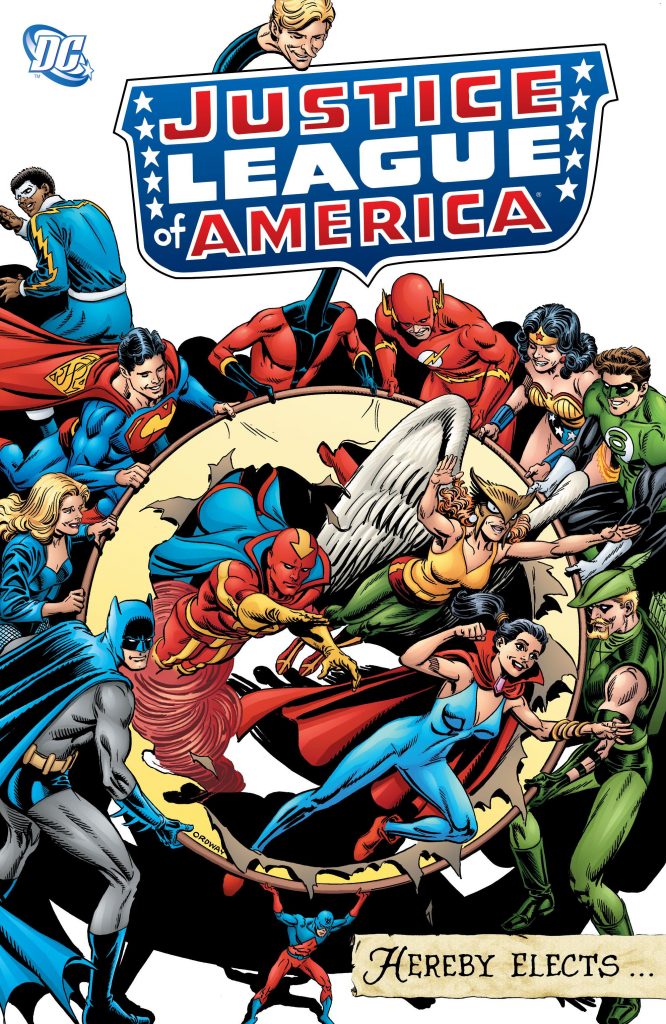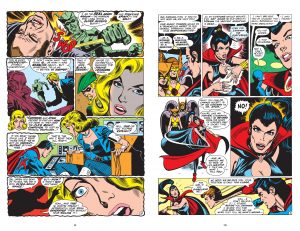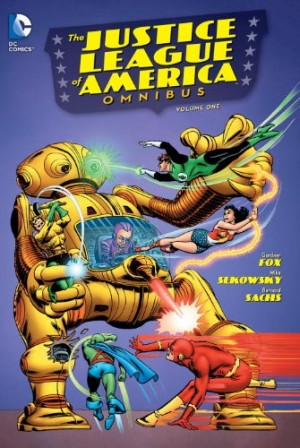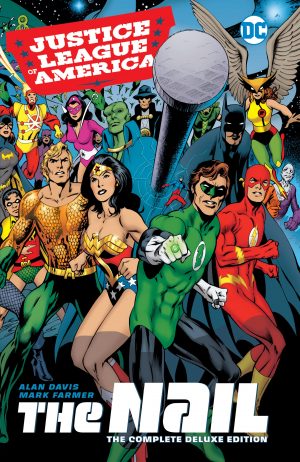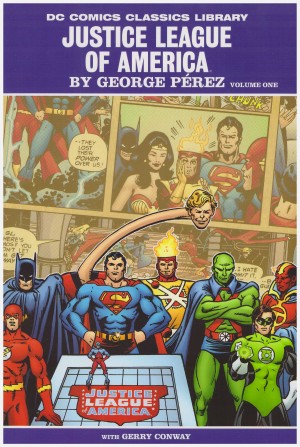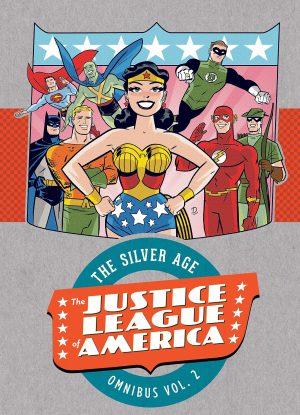Review by Ian Keogh
There was a time when being part of DC’s premier super team meant joining an exclusive club with limited membership. Between 1961 and 1979 only ten further superheroes joined the seven founder members, and the occasion was marked by a splash page featuring an ornate certificate announcing ‘The Justice League hereby elects…’, from which this volume takes its title.
Considering how few new members were accepted by this original Justice League, it’s strange this collection doesn’t find space to include Atom, Hawkman, Phantom Stranger or Firestorm’s induction, yet includes a two part story of Black Lightning turning the team down. The Atom’s even featured on the cover. However, those omissions mean that it’s only the opening chapter not drawn by Dick Dillin in his no-frills, but extremely effective style. He prioritises telling the story, so rarely opens up into eye-catching pin-ups or dynamic poses, preferring to guide readers from panel to panel, and there’s little essential difference between his sample art from Black Canary’s introduction in 1969 and that of Zatanna ten years later. Only the first story is drawn by Mike Sekowsky, in his quirky fashion with nutty aliens and super cheerful superheroes
There’s little pattern to the assorted in introductions. In some cases the new member distinguishes themselves by doing something the existing team can’t (Green Arrow, Elongated Man), and in others it’s just a case of setting something right. Steve Englehart made a point in 1977 by providing Hawkgirl with the status her husband was granted in 1964. A number of false impressions are down to the collection being themed, not least an artificial perception of Green Arrow and Red Tornado dominating proceedings because this selection has them in prominent roles. It’s unfortunate that the story of Red Tornado’s return and joining the Justice League is immediately followed by another in which he returns, published several years later.
Overall, there’s very little in this collection that hasn’t dated, from Gardner Fox’s identikit personalities, to Gerry Conway’s bizarre methods of having the Justice League put prospective new members to the test. Englehart’s idea of an over-arching intelligence connecting computers around the world was ahead of its time, but the most enjoyable stories are by Len Wein, from the early 1970s. The cast have some character definition, the stories are unpretentious fun, and within the context everyone behaves logically enough.
